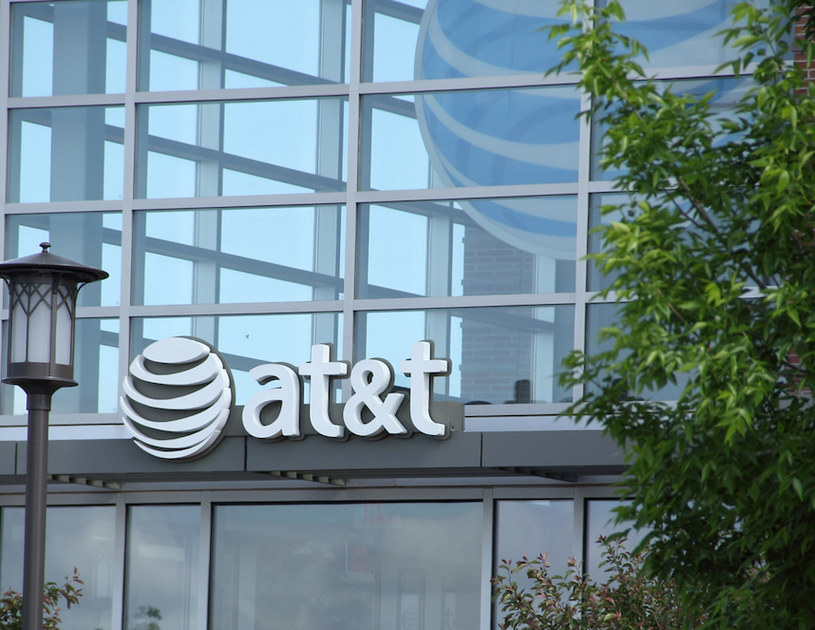California Labor Law: Last Word on the Lunch Break Lawsuit

Employers no doubt feel the decision was worth the wait - a suit that began in a lower court held that California labor employment law only requires employers to "supply or make available" meal periods. But the Division of Labor Standards Enforcement, which is charged with the responsibility of enforcing wage and hour laws in the state, has another point of view, stating that employers have "an affirmative obligation to ensure the workers are actually relieved of all duty" during meal breaks.
The questions were whether an employer simply provides for meal breaks or does the employer have a legal responsibility to enforce breaks?
The California Court of Appeals upheld the lower court ruling, which is consistent with several decisions at the federal level: California employees are not forced to take their meal breaks - but employers still have to pay them if they do work through their break. However, if an employee chooses to work through their lunch break, the court ruled that an employer "will not be liable for premium pay." Rather, "it will be liable for straight pay, and then only when it 'knew or reasonably should have known that the worker was working through the authorized meal period.'"
The court made it absolutely clear that the employer has no obligation to ensure that an employee does absolutely no work during his legally mandated lunch break.
Under California law - Labor Code section 512 and Wage Order No. 5 - employers are only obligated to provide hourly employees with a lunch break. That obligation is satisfied "if the employee (1) has at least 30 minutes uninterrupted, (2) is free to leave the premises, and (3) is relieved of all duty for the entire period."
"We conclude an employer's obligation is to relieve its employee of all duty, with the employee thereafter at liberty to use the meal period for whatever purpose he or she desires," Justice Kathryn Mickle Werdegar wrote in the unanimous decision. "But the employer need not ensure that no work is done."
The court's analysis of the lunch break lawsuit further explained what would happen if an employee chose to work through his lunch break. In a nutshell, a California employee can't file a lunch break lawsuit if he (1) freely chooses to work through lunch, and (2) gets paid his regular hourly rate for doing so.
The wage and hour case that morphed into the Lunch Break Lawsuit began in 2002 when The California Division of Labor Standards Enforcement launched an investigation into whether Brinker International Inc., a Dallas-based restaurant operator whose brands include Chili's Grill & Bar and Maggiano's Little Italy, was complying with its rest and meal break obligations. In the end, Brinker paid $10 million to settle a lawsuit by the state agency.
Then a separate lawsuit seeking class-action status was filed on behalf of employees at Brinker's restaurants in California. The lawsuit claimed that Brinkers failed to provide rest and meal breaks as required under state law, and forced some employees to work off the clock during meal periods.
A lawyer for the hourly employees at Brinker, said they are pleased with the Supreme Court decision. "We feel that it is a very good result for California workers," said attorney Kimberly Kralowec.
As for the second meal:
The Supreme Court ruled that the duty to provide a second meal period arises only after 10 hours of work. This ruling meant that the Court rejected the plaintiffs' contention that a second meal period must be provided within five hours after the end of the first meal period (known as the "rolling five-hour" theory that plaintiffs had proposed).
The Court weighed in on rest rules:
Employers must authorize and permit employees to take a 10-minute rest period for each four-hour period in which they work any amount of time in excess of two hours, unless an employee's total daily work time is less than 31/2 hours. Further, although the "general rule" in a typical 8-hour shift is that "one rest break should fall on either side of the meal break," the sequencing of meal and rest breaks may be altered depending on factors such as shift length."
To summarize the lunch break lawsuit:
Employers must provide off-duty meal periods, but need not ensure they are taken.
What does this ruling mean to those people who have wage and hour lawsuits regarding meal breaks pending? Stay tuned: LawyersandSettlements will ask a wage and hour attorney experienced with the California labor code to weigh in.











23 Comments
GWall
May 21, 2018Charlotte
April 27, 2016Heidi
May 21, 2015Tony Garlin
May 14, 2015d d stroup
February 1, 2015Jenny
September 17, 2014cathy m. boyer
July 4, 2014Debby
May 8, 2014Joy
April 21, 2014Stephen Wilkins
February 8, 2014John Smith
January 25, 2014ron
December 22, 2013heather applegate
December 14, 2013G
November 14, 2013jay
August 29, 2013Veolis Carroll II
August 21, 2013Retha Morley
July 17, 2013Joyce
July 4, 2013jose Millan
November 12, 2012Don
November 1, 2012michael millen
October 21, 2012gary gallery
October 17, 2012Abel Hernandez
September 10, 2012